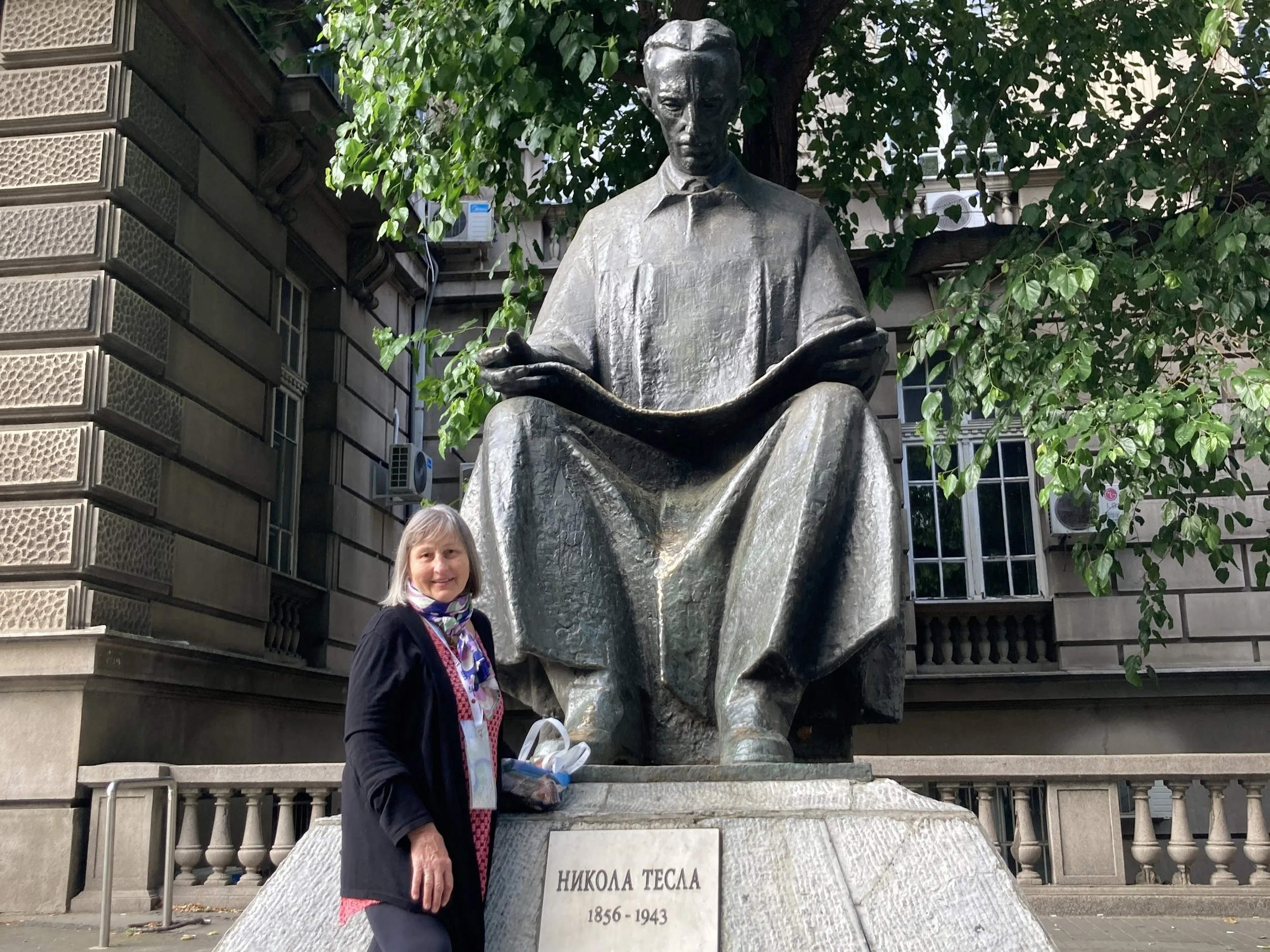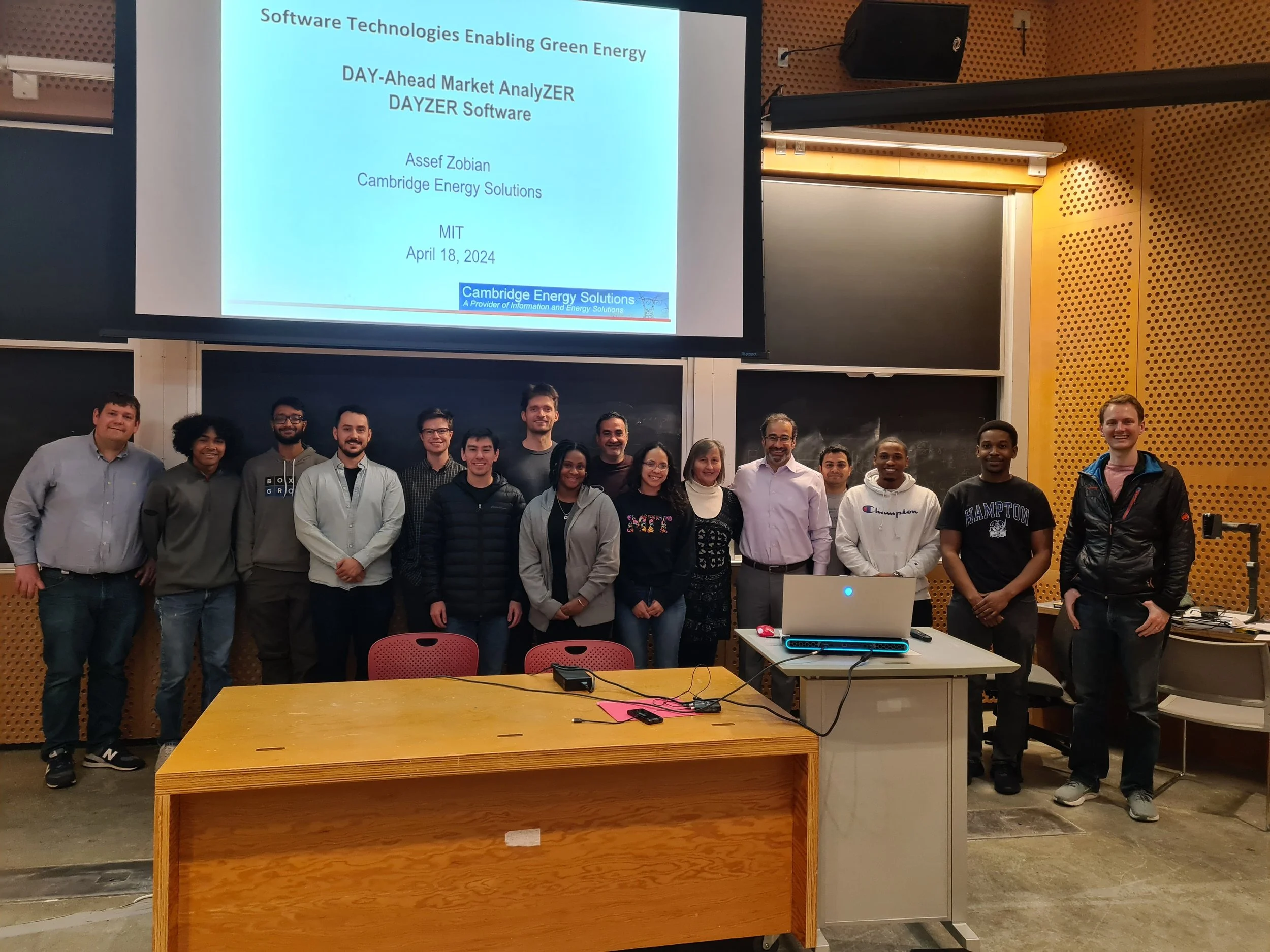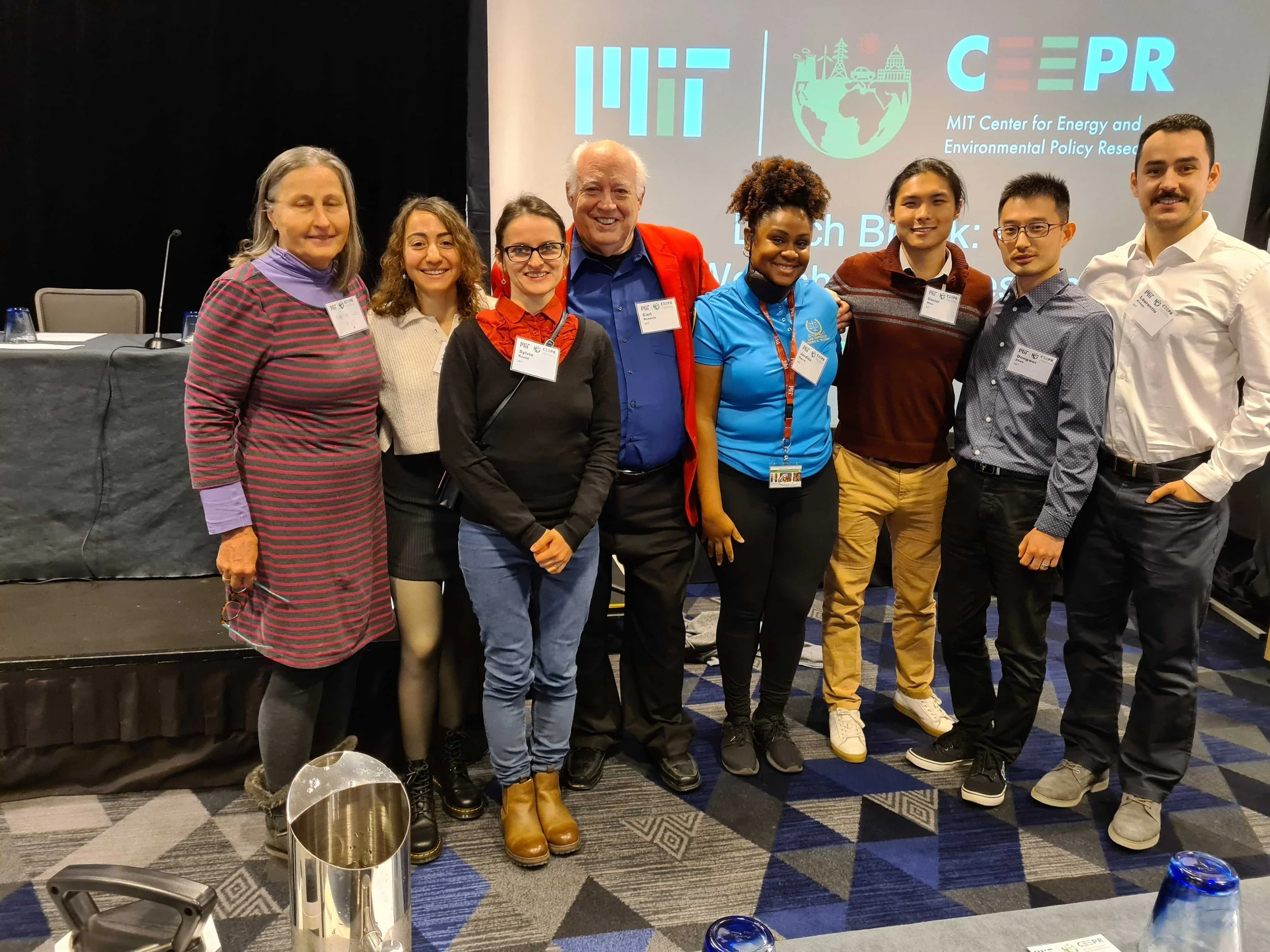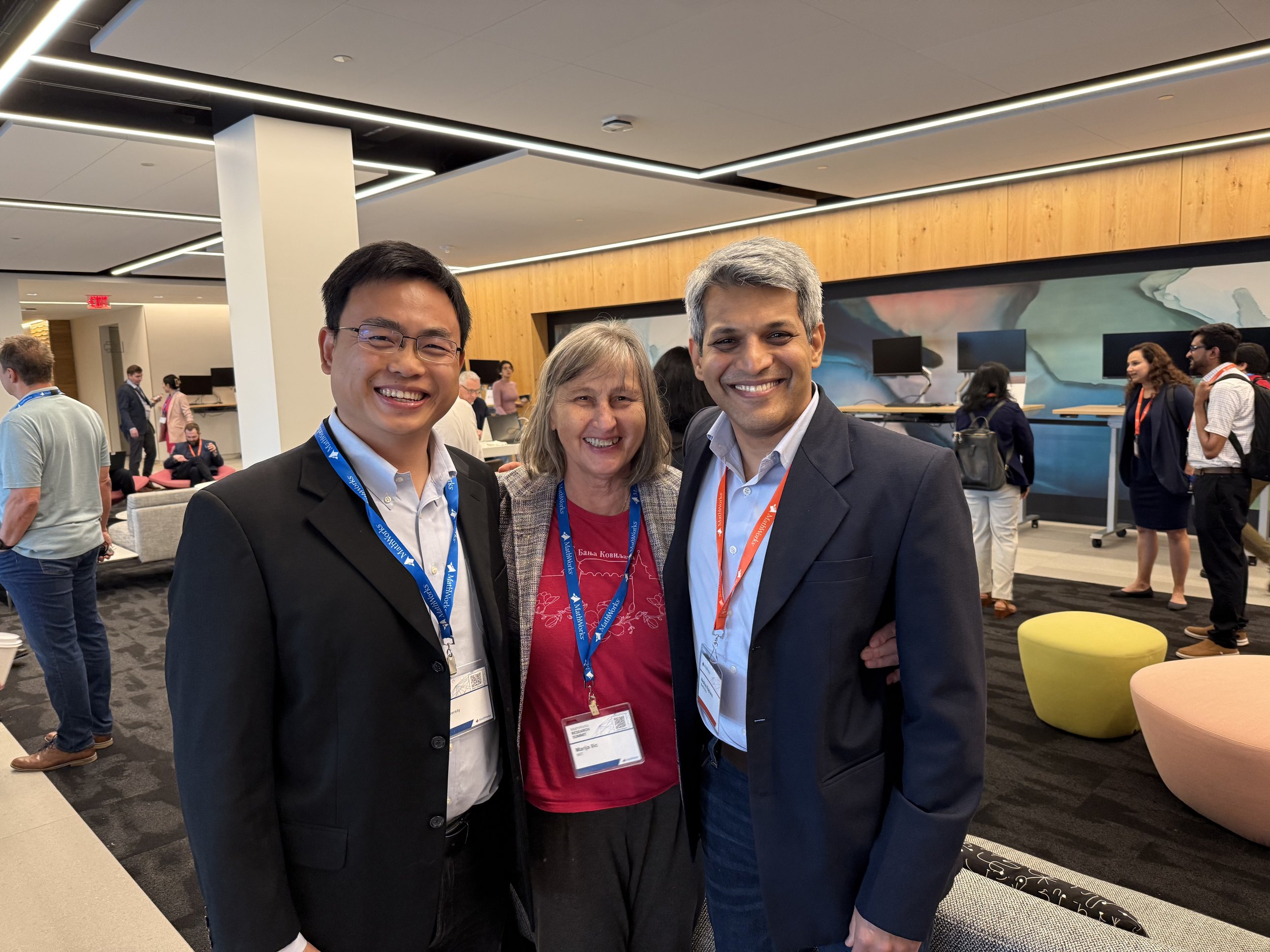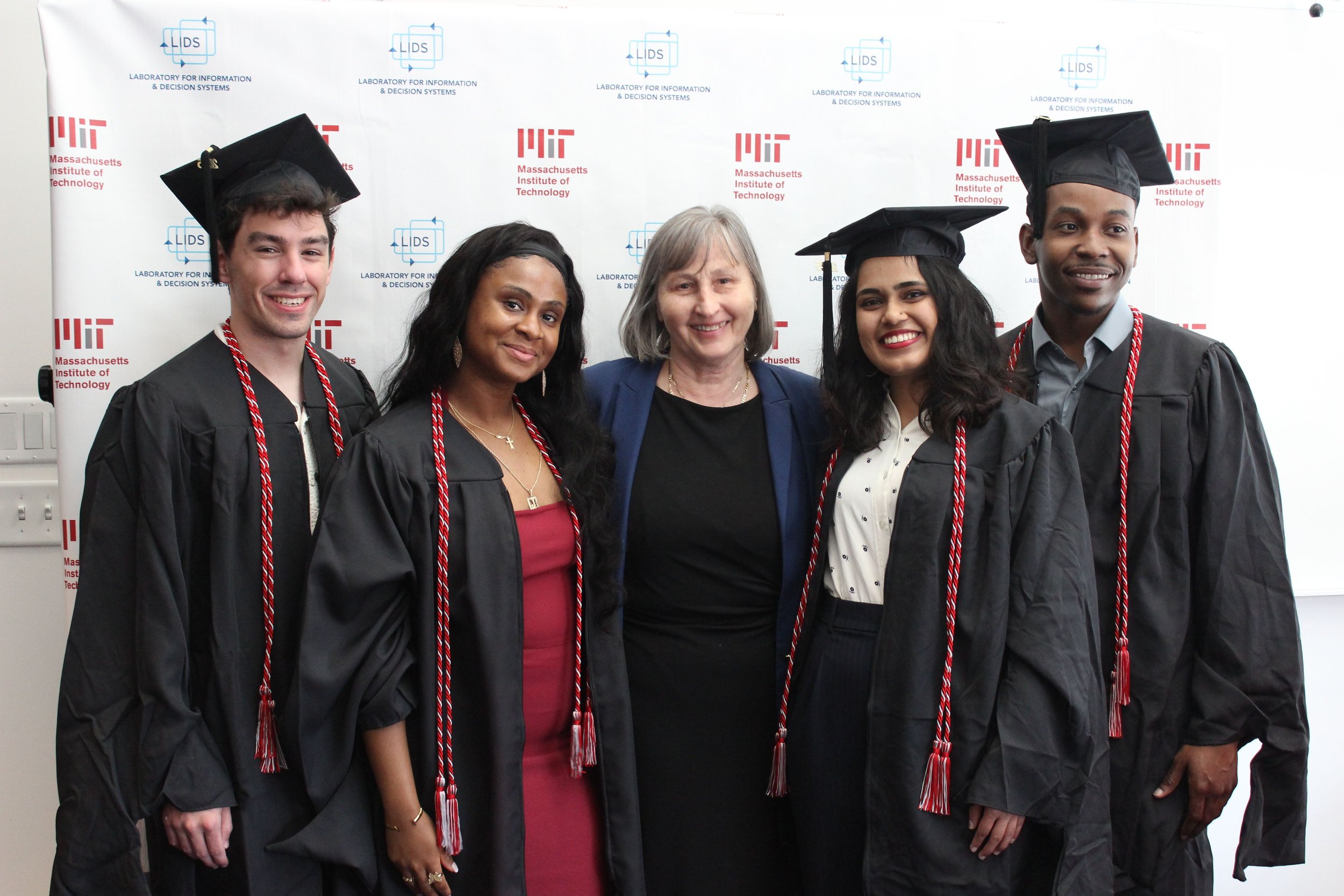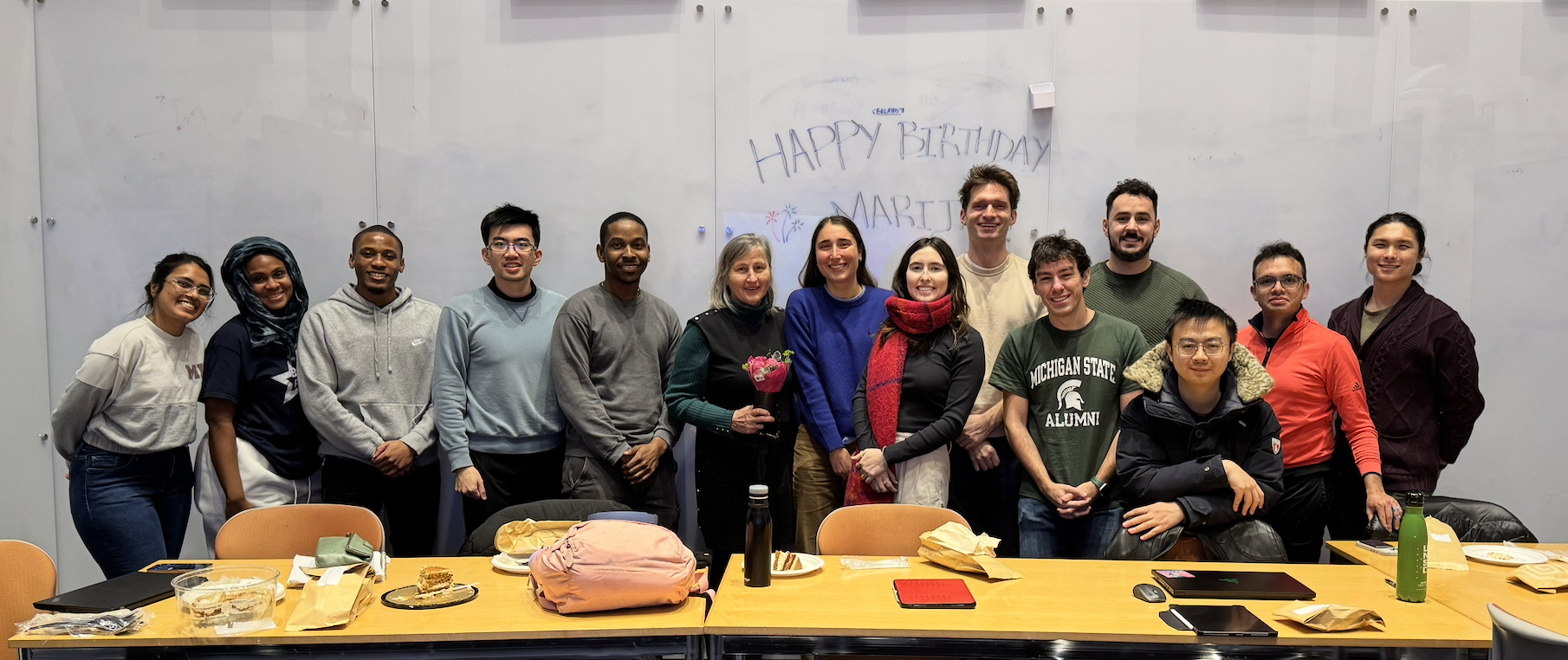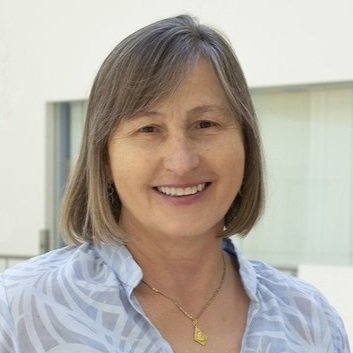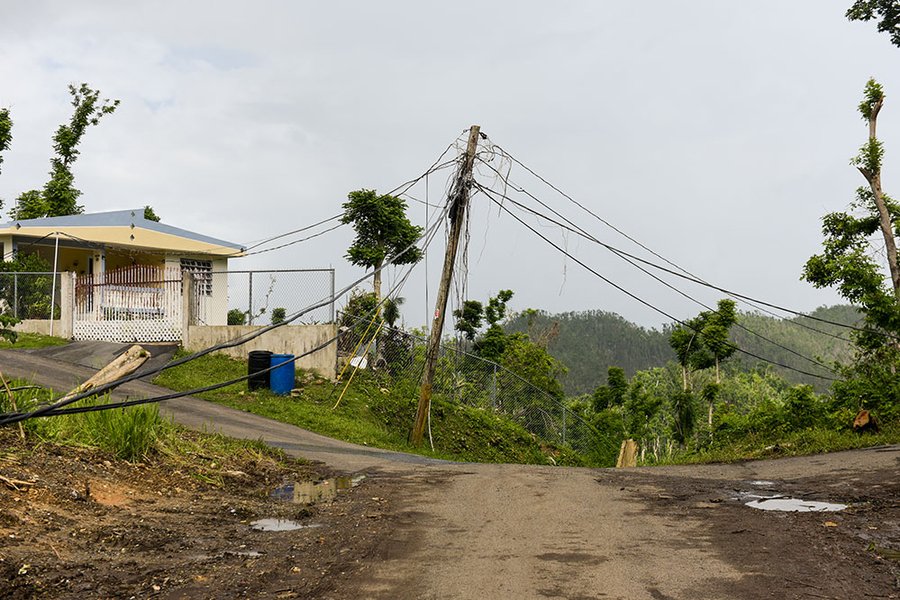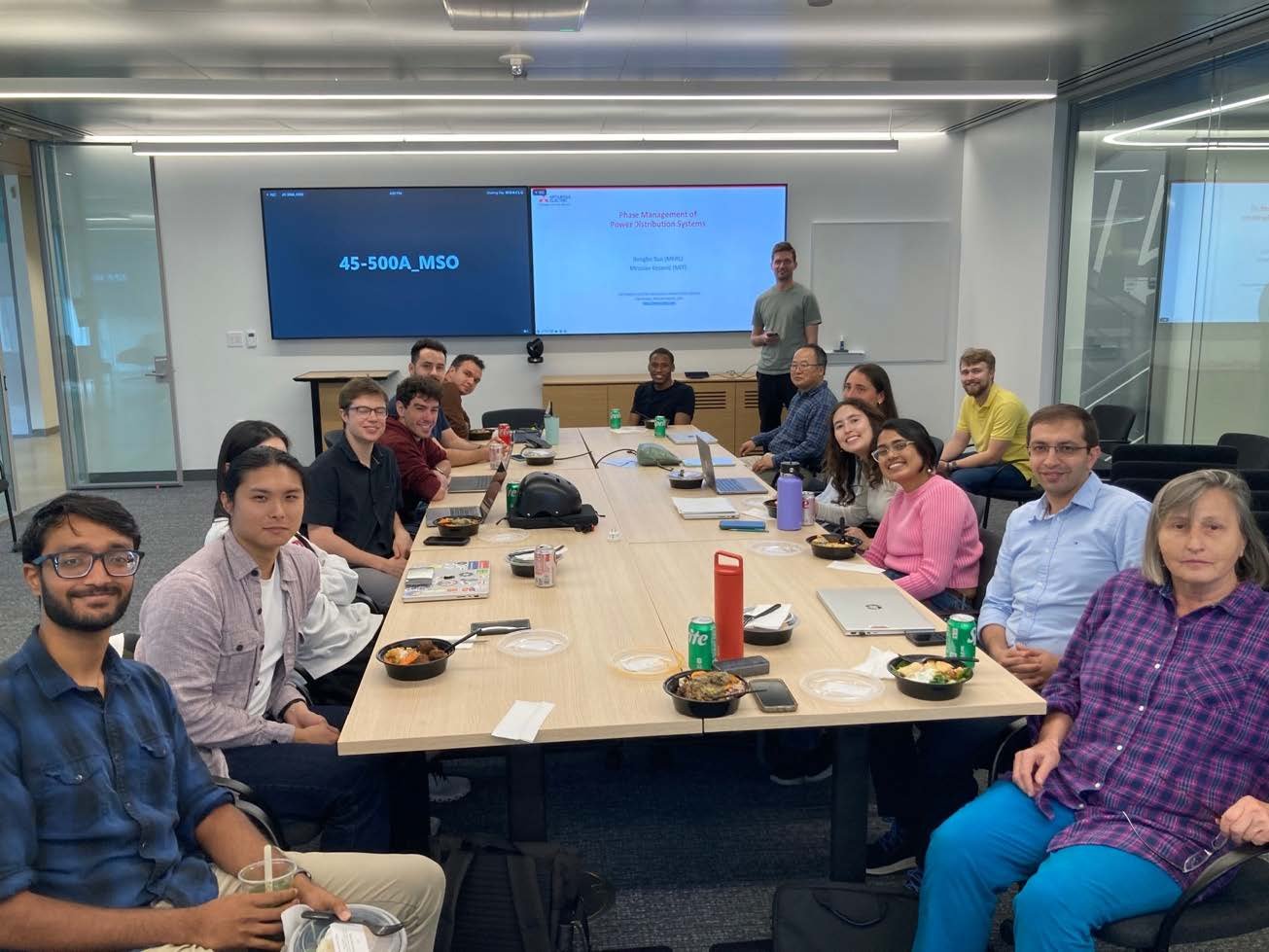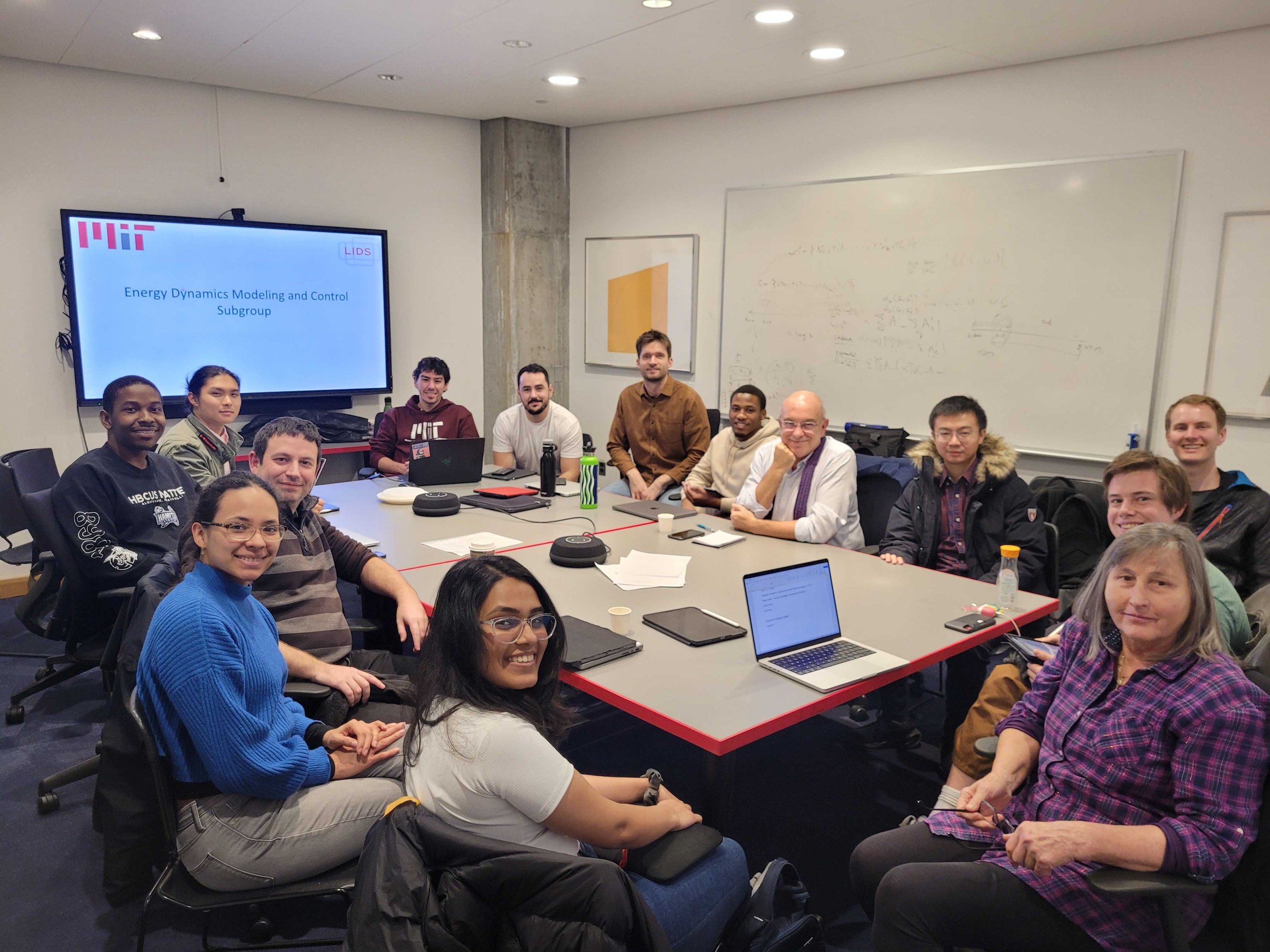
EESG @ MIT
The Electric Energy Systems Group (EESG) focuses on research related to modeling, control, and communications design of our rapidly changing electric energy system. Our mission is to enable reliable, resilient, sustainable, and cost-effective electric energy service at scale.
We are currently part of MIT’s Laboratory for Information and Decision Systems (LIDS). Previously, our group was based at Carnegie Mellon University.
-
Prof. Ilic visits the Nikola Tesla Monument
At the University of Belgrade, by the Faculty of Electrical Engineering
-
![]()
Students posing with MIT sign
Fun on campus
-
![]()
Software Technologies Enabling Green Energy
EESG Seminar Series - 2024 Spring
-
![]()
EESG members learning about energy policy
MIT CEEPR Fall Workshop
-
![]()
Students posing with Tim the Beaver
Fun on MIT campus
-
![]()
Panel with U.S. Science Advisor to the President
Featuring EESG students, hosted by Manufacturing@MIT
Recent News
Featured
Congratulations to Riley, Hiya, and Jordina on completing their master's theses!
Congratulations to Anish, Nirmal, and Aaron on completing their master's theses!
Using the island as a model, researchers demonstrate the “DyMonDS” framework can improve resiliency to extreme weather and ease the integration of new resources.
With warmest wishes and regards. Thank you for working with us towards a better tomorrow.

